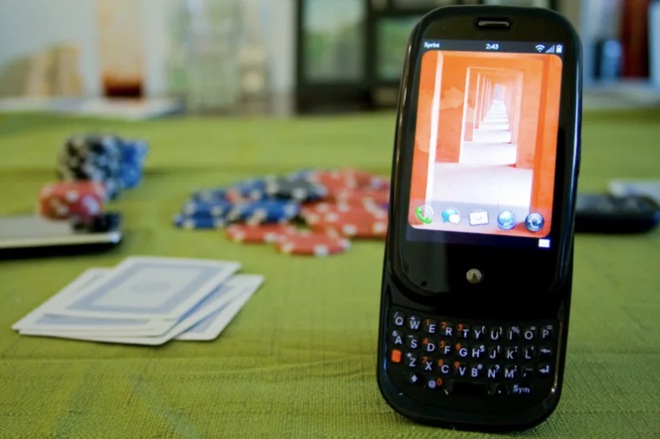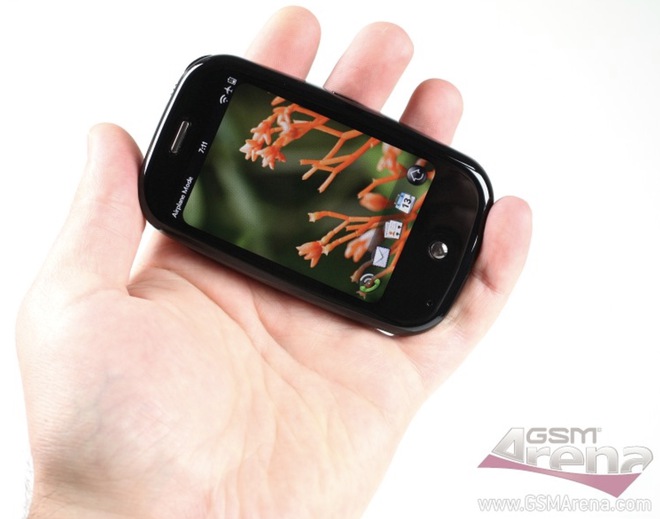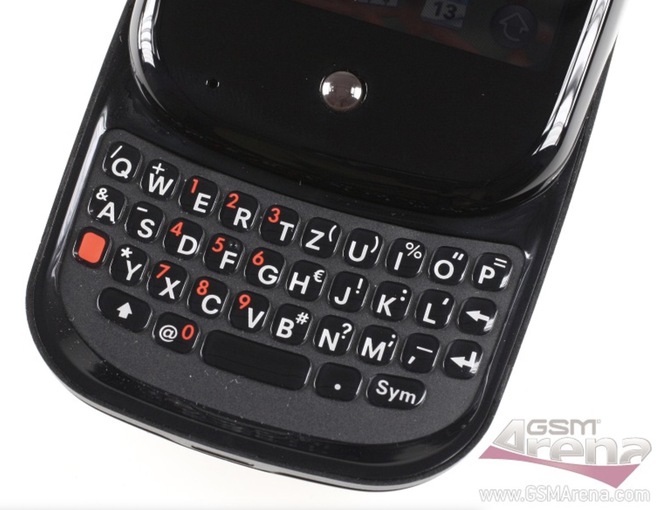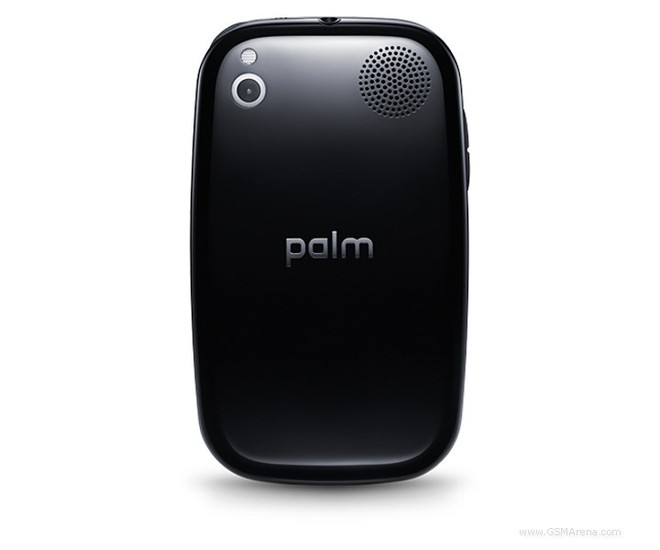Looking back at Palm Pre: Being good and ahead of time is not necessarily the key to success
- Tram Ho
Palm was once a prominent power in the mobile phone industry, but was eventually acquired by HP and collapsed. Palm is known for its popular Personal Assistant (PDA) devices, the “ancestors” of modern smartphones. And before webOS was software on LG TVs, it used to be the best touch operating system for smartphones.

Palm Pre and webOS were released in June 2009 when iOS and Android were still two fledgling operating systems. The phone and its operating system introduced features that are still in use today, even though people rarely remember pioneers.
The pebble-shaped phone is quite compact and handy. Instead of a touch-only design, Palm has added a sliding QWERTY keyboard that was available from the previous Treo line. Without a virtual keyboard, typing is done right on the hardware keyboard.
Combined with that is a 3.1 inch touch screen resolution of 320 x 480 pixels, designed for multitasking. Even the touch area is also equipped to fill the screen, to the lower edge, this is where support for gesture navigation.

The webOS operating system displays running applications as tabs and allows you to manipulate them. Swipe left or right to shoot and select cards, swipe up to delete. If you scroll up a short distance, you will be able to see an overview of running applications.
These gestures will be familiar to modern iOS and Android users – the bottom of the screen as a gesture area. Swipe up to close one application, aside to switch to another.

When using the phone horizontally, the gesture area can be used to scroll webpages or documents.
Basically, if you touch the gesture area with one finger, you can use another finger to access the shortcuts: press C to Copy, V to Paste, X to Cut, A to select All. The gesture area acts like a type of Ctrl key. On iOS and Android, the only way to copy and paste is to hold and select from the menu.
The application card also has a rounded corner design, which is not a coincidence because Palm’s screen has a curved design, long before this became popular.

Palm Pre has an App Catalog app store, with only about 800 apps, taking into account the early years of launch. These applications are based on Web technology (hence the new operating system named webOS). They can be easily resized or temporarily resized to display incoming notifications. It can be said that this was a very good thing at the time, not even so many applications have been so far.
This flexibility has allowed webOS to appear on many extremely different screen sizes devices – from smartwatches to TVs (and even some HP printers).
Pre’s hardware didn’t stand out in 2009 – the single-core Cortex-A8 CPU with 256 MB of RAM wasn’t much. However, according to GSMArena, that is enough for the phone to run 12-28 applications at the same time, an incredible number with 256 MB of RAM.
Navigation gestures on Palm Pre Plus – RAM upgrade and storage version of Palm Pre.
Note that while the idea is the same, the Android and iOS app converters display recent apps, while webOS shows the apps running. This means that Android and iOS can pause apps if they need to free up RAM (in fact, that’s all iOS did before it was properly multitasked) while webOS works just like Your PC
The phone also pioneered wireless charging – the company sold the optional Touchstone charger for $ 70, allowing you to live wireless life years before anyone else. This charger even fixed an issue that is still problematic for other phones today: location alignment.

The Touchstone has strong magnets that hold the phone in place (the charger has a sloping design, tilting the screen towards you, instead of letting the phone lie flat). These magnets also help guide the phone to the right place for wireless charging to work.
Unfortunately, despite the pre-era hardware and software features, the Palm Pre has failed to attract consumers. And those who bought phones were soon faced with a number of problems. From aesthetics (the plastic casing is quite easy to crack) to more serious.

The sliding mechanism has a reputation for being unstable and the Palm Pre is no exception. Many people have said that the mechanism on the Pre becomes loose and the two body halves will be very loose when the phone is turned on.
Although the Palm Pre has become Sprint’s best-selling phone – Palm’s exclusive partner in the US – it reflects its popularity rather than its true capabilities.

A Palm brand device has just been launched recently, but it doesn’t have much to do with the Pre other than the brand. It was created by a startup backed by TCL, the Palm Pre that we once knew to be dead.
Reference: GSMArena
Source : Genk
